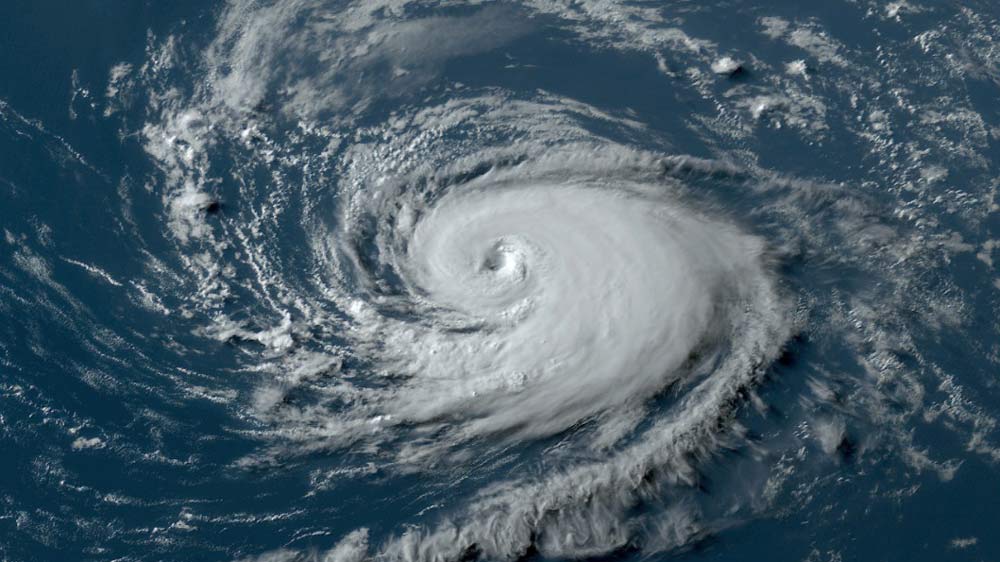
Scientists at NOAA’s Climate Prediction Center — a division of the National Weather Service — have increased their prediction for the ongoing 2023 Atlantic hurricane season from a near-normal level of activity to an above-normal level of activity with today’s update.
Forecasters believe that current ocean and atmospheric conditions, such as record-warm Atlantic sea surface temperatures, are likely to counterbalance the usually limiting atmospheric conditions associated with the ongoing El Nino event.
NOAA’s update calls for 14 to 21 named storms of winds of 39 mph or greater, up from the originally predicted 12 to 17 named storms. Of those, six to 11 storms could become hurricanes with winds of 74 mph or greater, and of those, two to five could become major hurricanes, with winds of 111 mph or greater. NOAA provides these ranges with a 70 percent confidence. These updated ranges include storms that have already formed this season.
The hurricane season began on June 1 and ends on Nov. 30. It is just now entering its peak period.
The Atlantic has already seen five storms that have reached at least tropical storm strength, including Hurricane Don, though none have come close to the Florida Peninsula. NOAA’s hurricane outlooks are forecasts of overall season activity, not landfalls. An average hurricane season produces 14 named storms, of which seven become hurricanes, including three major hurricanes. The next storms to be named will be Emily, Franklin, Gert and Harold.
“The main climate factors expected to influence the 2023 Atlantic hurricane activity are the ongoing El Nino and the warm phase of the Atlantic Multi-Decadal Oscillation, including record-warm Atlantic sea surface temperatures,” said Matthew Rosencrans, lead hurricane season forecaster with NOAA’s Climate Prediction Center. “Considering those factors, the updated outlook calls for more activity, so we urge everyone to prepare now for the continuing season.”
El Nino conditions are currently being observed and there is a greater than 95 percent chance that El Nino will continue through the Northern Hemisphere winter, according to the Climate Prediction Center. El Nino usually results in atmospheric conditions that help to lessen tropical activity during the Atlantic hurricane season. So far, those limiting conditions have been slow to develop and climate scientists are forecasting that the associated impacts that tend to limit tropical cyclone activity may not be in place for much of the remaining hurricane season.
The full briefing is below.
![]()





























JimboXYZ says
June, July & August haven’t had anything that has really threatened FL, PR, Dominican Republic/Haiti & Cuba. One thing about the heat wave I’ve noticed, the RH% is more like Arizona than Florida. We aren’t getting the all day long 90+% humidity that is the usual FL humidity. Per the smartphone app, it’s been as low as 52-65% RH. Drier heat obviously than the same temperature highs with 90-98% RH.